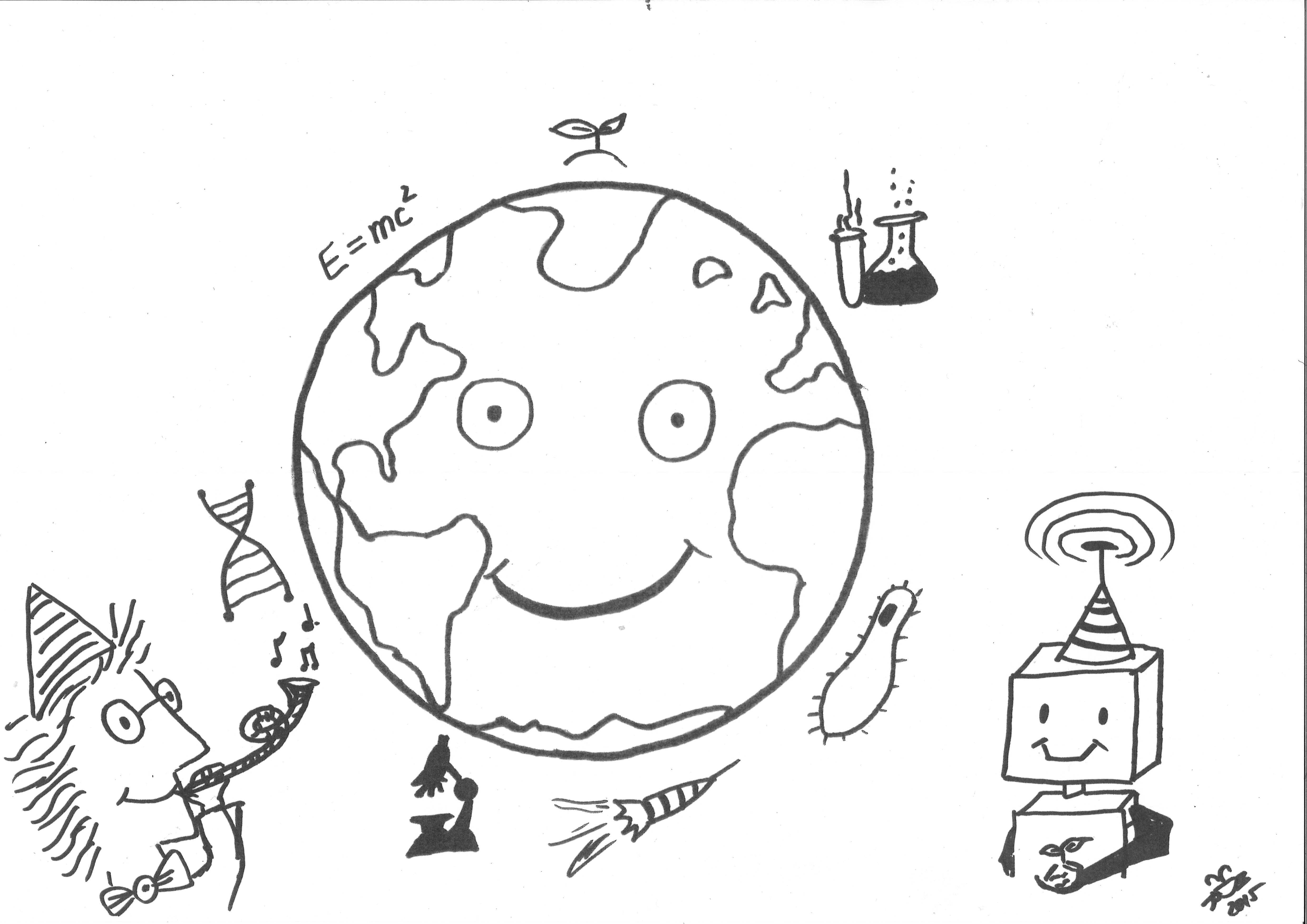Meet a NanoWorld representative at NanoAndMore USA booth no. 610 at MRS Fall 2015 exhibit December 1-3, 2015 in Boston, Massachusetts.
We’re looking forward to meeting you there.
#MRSFall #f15mrs #materials

Meet a NanoWorld representative at NanoAndMore USA booth no. 610 at MRS Fall 2015 exhibit December 1-3, 2015 in Boston, Massachusetts.
We’re looking forward to meeting you there.
#MRSFall #f15mrs #materials

We ‘re celebrating the World Science Day for Peace and Development today. Keep up the good work!
#worldscienceday

Check out our screencast about NanoWorld Platinum / Iridium5 (PtIr5) Coated AFM Tips.